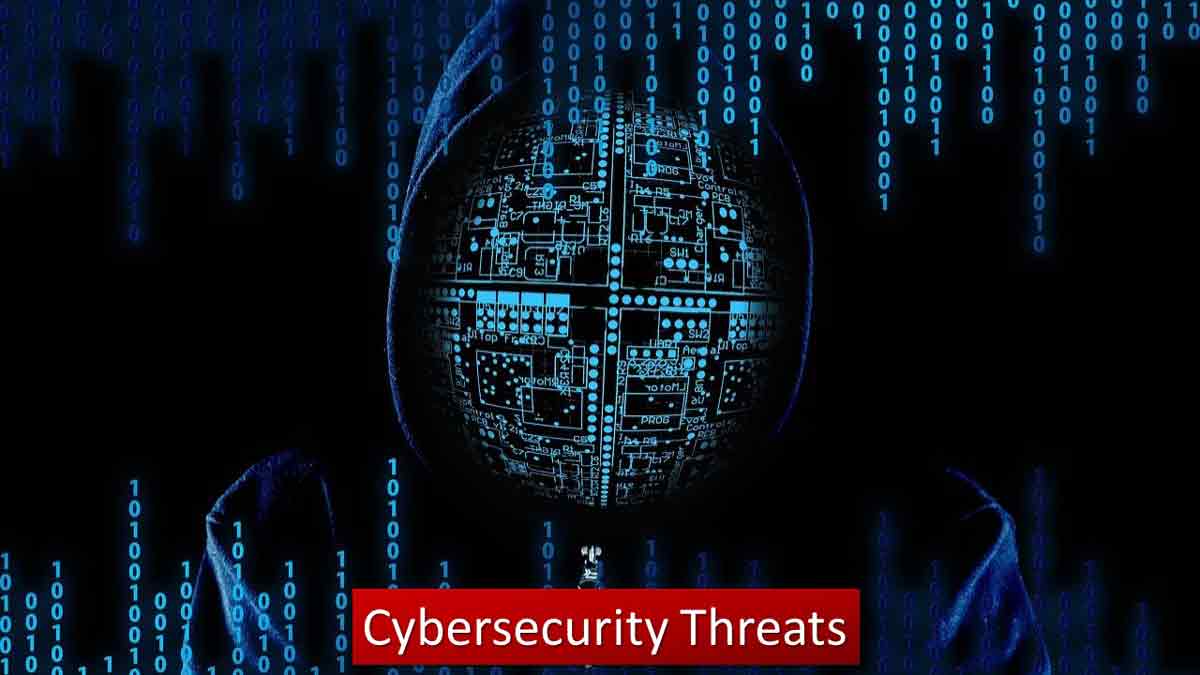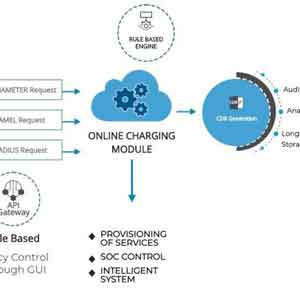4 Cybersecurity Threats Lies on the Front Lines of Businesses
Exploring top cybersecurity threats lies on the front lines of businesses today. During the wake of one of the most significant pandemics- COVID-19, approximately 70% of full-time employees in the United Nations relied on work from home. Looking at the post-COVID world, around 58.6% of the U.S. workforce continues working remotely. Also, there are minimal expectations for them to return to their physical working space.

Now that employees consider working from home- both economical and productive- little do they know it is a breeding ground for viruses and data breaches. Therefore, companies are reluctant to expose themselves to a higher risk.
From company-run operations, increased cryptocurrency transactions to data-sensitive accounts, nearly all business operations are digital. What’s worse is that this drastic migration brings along newer risks./ Know that these range from cryptocurrency ransomware to online password hacks.
Cybersecurity Threats- Which are the Most Popular Ones?
Since cybersecurity threats are on regular advancement, it is pivotal to assess your company’s vulnerabilities. Reading on, you’ll know some of the most prevalent business threats.
Let’s get going with discovering what these are:
Phishing:
One hacking scheme that usually tricks users into downloading harmful messages is phishing. Even worse is that the scheme looks like a regular email that uses business names, legitimate-looking links, attachments, and logos.
The entire essence of emailing like this is to urge users to take action. This move may either be clicking on a link or downloading an attachment. However, if you have a keen eye, a clickbait subject line on a phishing email may catch your eye. Spear-phishing may send emails to other business members to steal information.
While there are good chances of taking nothing from email phishing, know that it takes additional forms. For example, smishing transfers SMS messages, which may lead you to click on dangerous links. On the other hand, Vishing sends the user fraudulent calls and voice messages, which pose themselves as legitimate companies.
Another latest form of phishing is search engine phishing, in which hackers create fake online websites. And, these even rank on popular search engines as results for robbing customers of their information.
In a recent study from Cisco, cybersecurity threats trends like crypto and phishing top the list. As per reports, around 86% of organizations have at least one user connected to a fraudulent website. An employee’s one wrong click may expose your business to massive risk.
Malware:
Malware, famous under malicious software, hacks the devices by either reducing their speed or preventing their functioning. Know that these lead to the destruction of computer systems through agents like spyware, malware, viruses, worms, and adware.
Tech experts say that malware releases into a computer once the user clicks on the infected link. These may also pave a path when staff download files from an unknown source or click a pop-up ad.
The experts suggest you, as a business, take immediate steps for virus and malware removal. After releasing the malware into a computer system, hackers gain access to the computer passwords. Not only these- your bank details, credit card numbers, personnel files are also under threat.
Companies over the last year report that out of the attacks companies encounter, approximately 35% of attacks use unseen methods and malware that were previously used. But, the sad news is that these increase as employees undertake remote work.
Ransomware:
A specific form of malware, which encrypts a user’s computer, is ransomware. After successfully implementing a ransomware attack, users can’t access their files or systems. And, if your staff wishes to re-access their plans, they will have to give a ransom fee to the attackers and cybercriminals.
Know that ransom transactions come through Bitcoin. Cybercriminals may even request other payment methods like Amazon Gift Cards.
Unfortunately, the ransom costs can be pocket-digging, ranging from a few hundred dollars to even thousands. Even worse, organizations don’t receive access to their systems, even after making their ransom payments.
Malicious downloads in a phishing email are the root cause of the spread of ransomware. This attack may either target an individual or may even target the entire organization. Throughout the pandemic, around 58% of companies in the U.S. reported a loss in their revenue- all thanks to ransomware attacks.
Compromised Passwords:
When your staff enters your login credentials on a fake website, you become susceptible to compromised passwords. Another thing that makes you vulnerable to cyber attacks is having standard and weak username and password combinations.
What’s more is that password reuse across multiple platforms can make your enterprise systems susceptible to cyber hackers, which thus leaves your various accounts with higher risks.
Thus, whenever your I.T. Network team or employees are generating passwords, use passwords that are unique. Also, ensure that these are hard-to-guess.
Studies show that around 51% of people use the same password for their personal and professional accounts. Educate your employees about following specific guidelines for making room for maximum security.
Cybersecurity Plan- Why is it Important to Have One in Place?
Having a cybersecurity plan is more important than ever. As these cyberattacks increase faster, especially during the work from the home era, companies need to understand these cybersecurity threats. Once they know these, make sure you’re aware of the maxims of preventing and combating them.
Some key measures can be to build your expertise- both internally and externally. Educate your team about using strong passwords and secured networks while undertaking essential business operations. Also, make sure that your team has a gist of internet guidelines and is aware of handling and protecting consumer data.
Understanding ongoing cybersecurity threats and taking steps to prevent them can affect your organization the most and is a key to business protection.
The Verdict- Implement a Sound Strategy
With cyber, take essential steps for accepting vulnerability. However, have no room for victimhood. Also, make sure you have the right technology for catching cyberattacks so that they’re not capable of extorting business leaders and encrypting files.
In the end, it’s all about taking steps to protect your assets and brand!





